In the vast symphony of modern music, the bass guitar often plays the unsung hero, a foundational element that many feel but few consciously hear. It’s the deep, thrumming heartbeat of a song, the force that can make a crowd move in unison on a dance floor or bring a tear to your eye in a quiet room. Yet, for most casual listeners, the bass line remains a ghost in the machine—present, powerful, but perceptually elusive. This is precisely why we’ve crafted the Seven-Day Bass Line Listening Challenge, a focused auditory journey designed to pull this essential instrument from the background into the brilliant foreground of your musical awareness.
The challenge itself is simple in concept but profound in its potential impact. Over the course of one week, you will dedicate a small portion of each day to actively listening to music with the specific goal of isolating and identifying the bass guitar. This isn't about passive listening; it's an active, almost meditative practice of tuning your ear to a specific frequency range and rhythmic pattern. The goal isn't to become a professional musician overnight, but to develop a new layer of appreciation for the music you already love. You are learning to hear the architecture of a song, the framework upon which melodies and harmonies are built.
Why the bass? In the hierarchy of a band's sound, the bass guitarist serves as the critical bridge between the rhythmic foundation laid down by the drums and the melodic and harmonic information provided by guitars, keyboards, and vocals. It provides the low-end frequency that you physically feel as much as hear. A well-executed bass line does more than just keep time; it adds emotion, creates tension and release, and often carries the song's hidden melodic hook. By learning to identify it, you gain access to a deeper, more nuanced understanding of how music works on an emotional and structural level.
Your journey begins on Day One: The Groove. Today is about the feel. Don’t overthink it. Pick a song with a prominent and simple bass line—think classic Motown, disco, or funk. Stand Up by Marvin Gaye or Another One Bites the Dust by Queen are perfect starters. Don't try to dissect the notes. Just close your eyes and try to follow the bass's path. How does it make your body want to move? Is it a steady pulse or does it bounce? The objective is to physically connect with the instrument's rhythmic role.
As you move into Day Two: Isolation, the task becomes more technical. Use a pair of good headphones, as they are far superior to speakers for hearing sonic detail. Headphones provide a direct, unadulterated signal to your ears, making it easier to pick apart the layers of a recording. Revisit the same song from Day One. This time, consciously try to push the other instruments to the back of your mind. When the singer comes in, acknowledge the melody but then gently guide your focus back to the low end. It might be frustrating at first, like trying to see a single star in a bright sky, but persistence is key.
Day Three: The Notes introduces a new dimension. Now that you can somewhat isolate the sound, try to follow its pitch. Does the line walk up and down, creating a melody of its own? Or does it hold a single, powerful root note that anchors the entire chord progression? Listen to a song like Under Pressure. The bass line is iconic and melodic, telling a story completely independent of the vocal melody. Can you hum the bass line by itself after the song ends?
On Day Four: Genre Hopping, you will test your newfound skills across different sonic landscapes. The bass plays a vastly different role in a metal song than it does in a reggae tune. Listen to the aggressive, driving pick-style bass in a Metallica song, then switch to the spacious, deeply resonant bass in a Bob Marley track. Notice how the instrument’s function—its tone, its rhythm, its complexity—adapts to serve the song's overall genre and mood. This contrast will solidify your ability to identify the bass in any context.
Day Five: The Silent Partner is perhaps the most enlightening day. Find a song you know well and love, one where you've never really noticed the bass. It could be a pop song, a rock anthem, or an acoustic track. Now, listen for it. You will likely be shocked to discover a complex, clever bass line you never knew was there, working tirelessly beneath the surface. This revelation is a milestone; it means your brain is successfully re-prioritizing the frequencies it deems important.
The penultimate day, Day Six: Active vs. Passive, is about integration. Go about your normal day—commute, work, exercise—but with your music playing. Switch between passive listening (just enjoying the music) and actively tuning into the bass line when you remember to. The goal is to make this new skill fluid, something you can switch on without needing absolute silence and concentration. It should become a new lens through which you can choose to hear the world.
Finally, Day Seven: Appreciation is for reflection and celebration. Create a playlist of the songs you’ve used throughout the week. Listen to them in sequence and marvel at the fact that you can now clearly hear an instrument that was once just a rumble. You have not simply gained a party trick; you have fundamentally expanded your perception of art. You have learned to hear the glue that holds the music together.
Embarking on this seven-day challenge is more than a training exercise; it is an invitation to experience more joy and depth in the music that soundtracks your life. The bass line is a secret language spoken in the space between the beats, and after this week, you will be fluent. So, find your headphones, choose your first song, and prepare to listen to your favorite music not just anew, but truly for the first time.

By /Aug 22, 2025
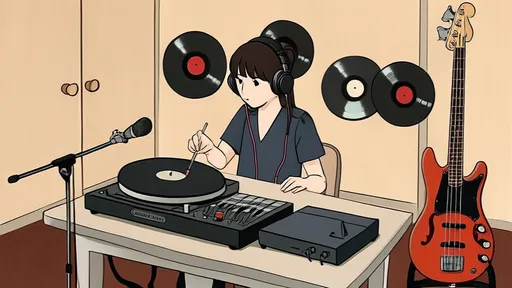
By /Aug 22, 2025
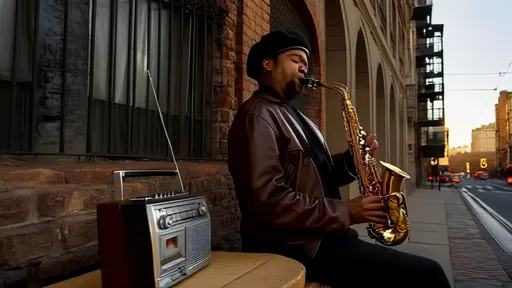
By /Aug 22, 2025

By /Aug 22, 2025

By /Aug 22, 2025
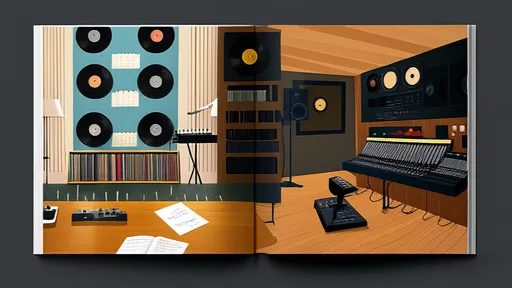
By /Aug 22, 2025
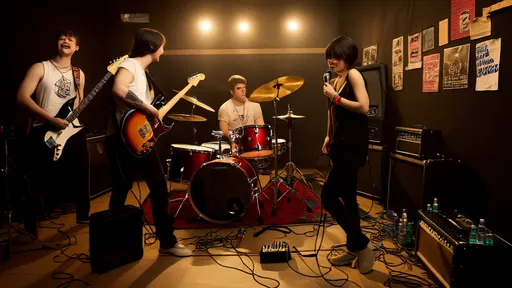
By /Aug 22, 2025

By /Aug 22, 2025

By /Aug 22, 2025

By /Aug 22, 2025

By /Aug 22, 2025

By /Aug 22, 2025
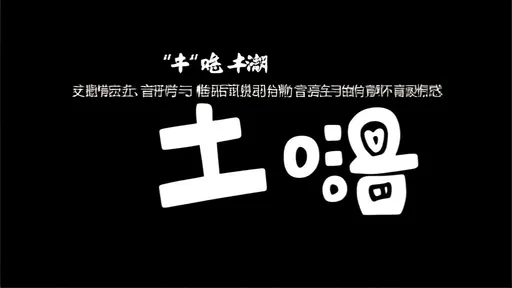
By /Aug 22, 2025

By /Aug 22, 2025

By /Aug 22, 2025

By /Aug 22, 2025
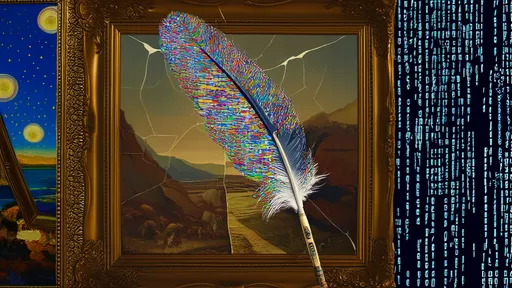
By /Aug 22, 2025

By /Aug 22, 2025
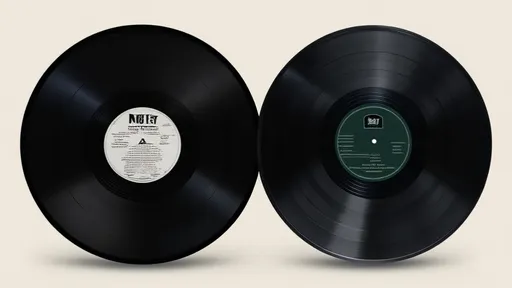
By /Aug 22, 2025

By /Aug 22, 2025